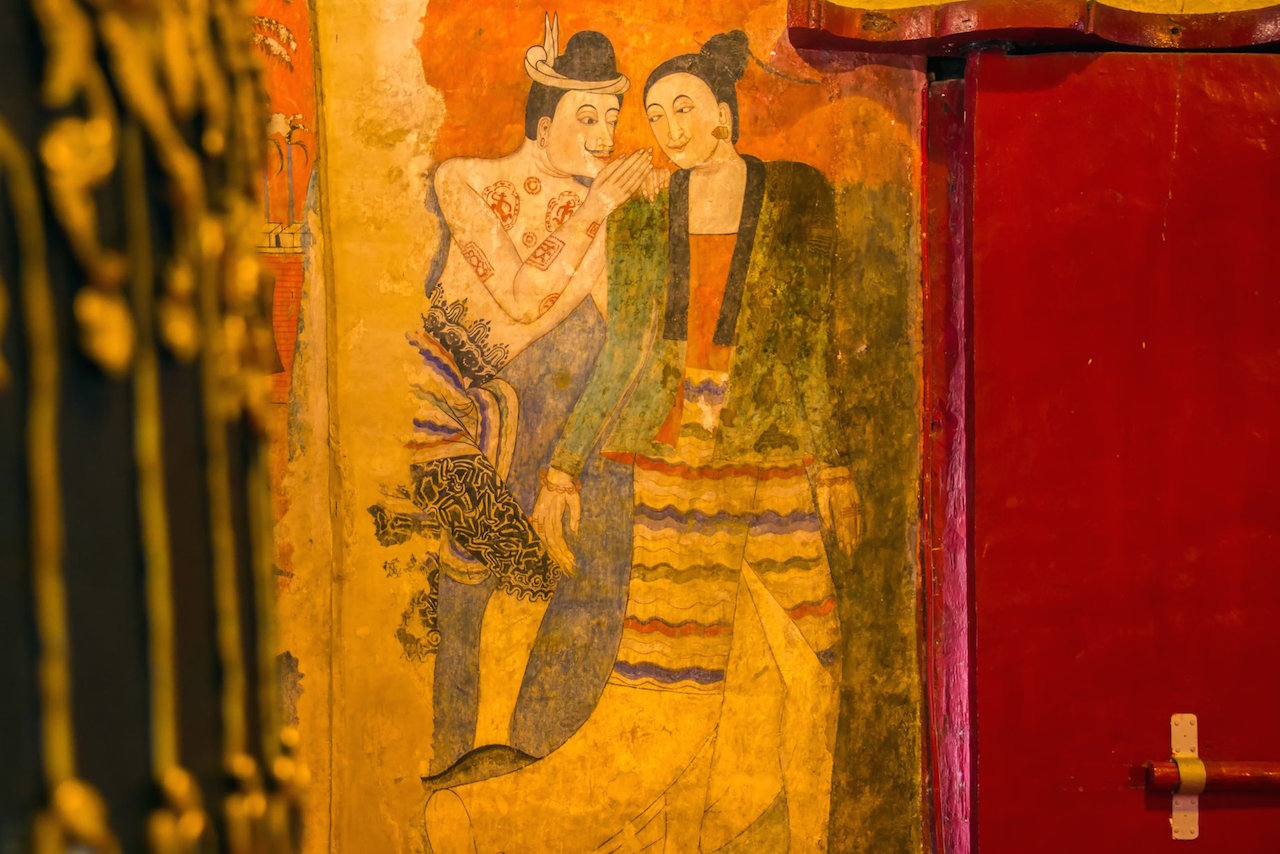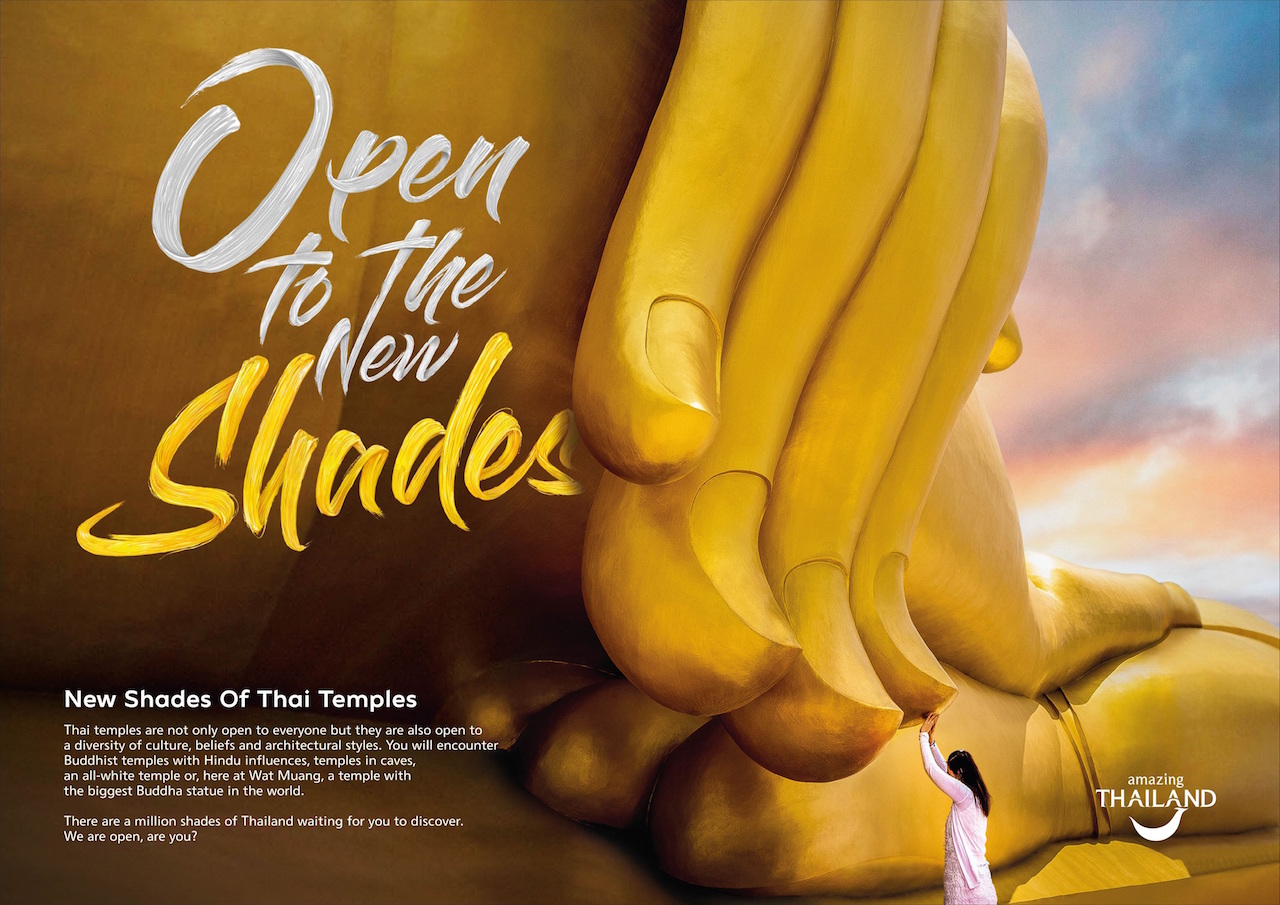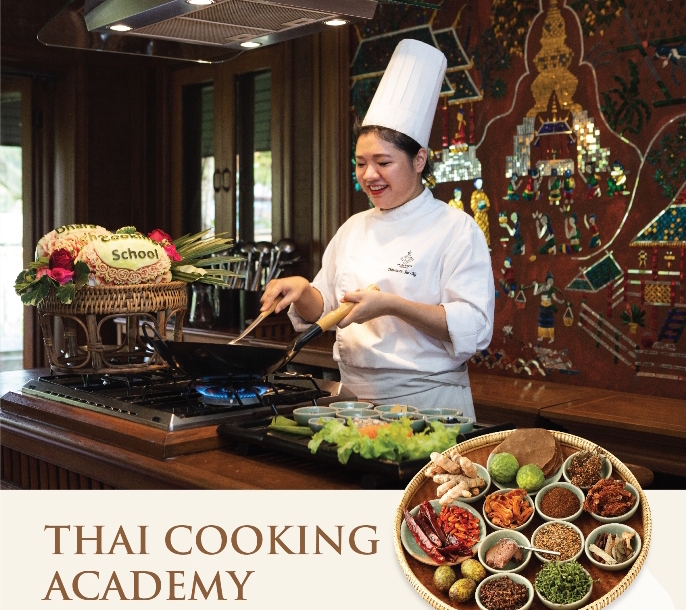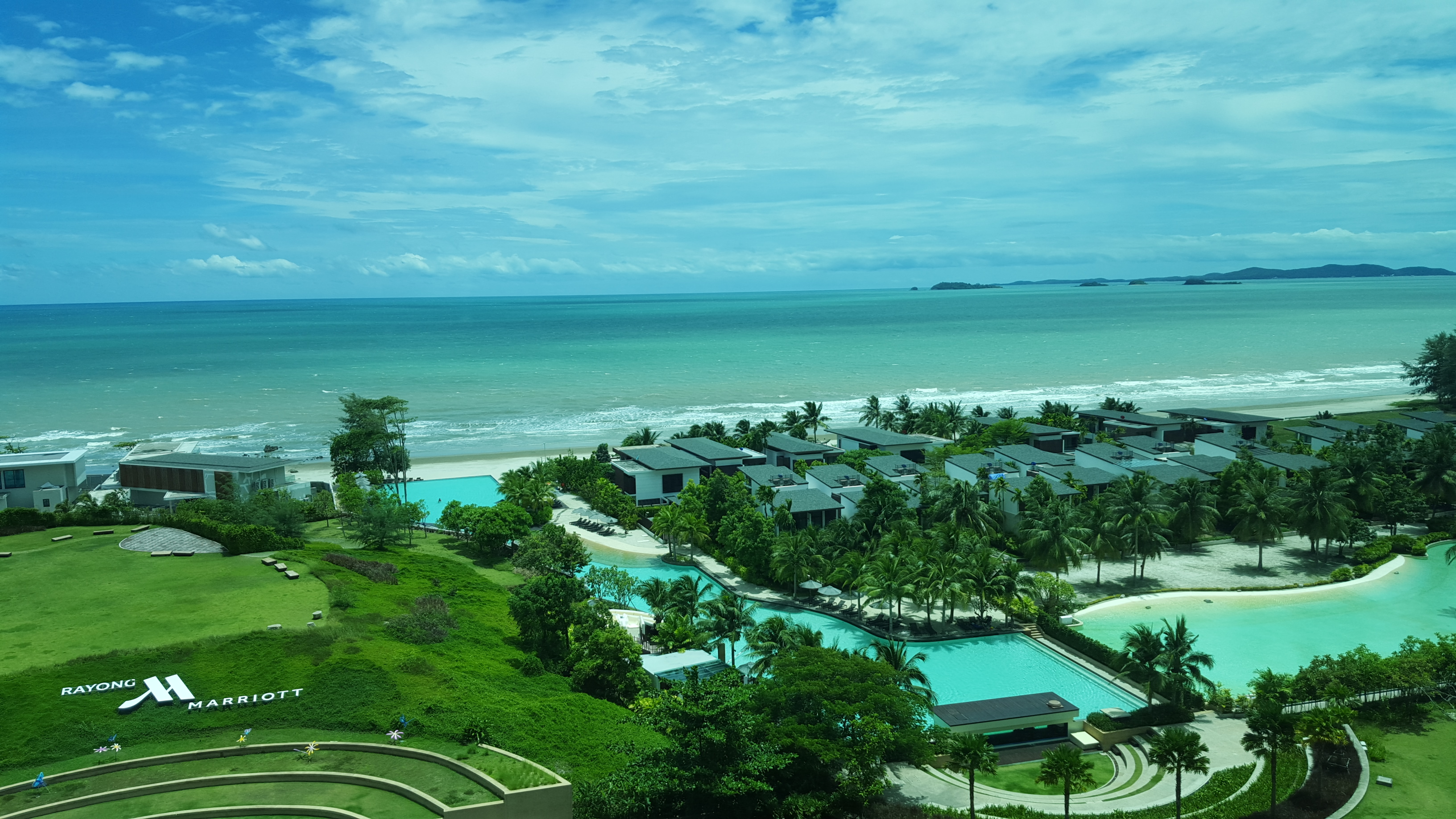Nan’s Natural Attractions, Cultural Sites, Temples Local Cuisine 2019
Nan province in Thailand’s North bordering Lao PDR is a wilderness
Lying 700 kilometres north of Bangkok, much of the province is wilderness, and the remainder is rural focusing on rice and fruit cultivation. There are also cultural and historical sights worth visiting. Nan town is quaint and the capital of the province of the same name. It has little more than 20,000 people making it a rather small provincial capital. It is an old city, though, dating back to the 14th century when the first known community settled on the banks of the Nan River.

For many centuries, the remote region pretty much kept to itself with few visitors in and out. But it was influenced by kingdoms in the region, first and foremost Sukhothai. It was also at times under the control of Lanna, Burma and Siam, and greatly influenced by them all, while keeping its own identity.
A diverse collection of hill tribes also populates the tranquil province including Thai Khoen, Thai Lue, Thai Puan, Thai Yai and Thai Yuan giving the region great cultural diversity although many have assimilated into the larger community.

Cultural Sites and Temples
The temples and historical district of the city offer many places to visit. Nan’s Old Quarter dates back to the height of the Lanna kingdom in the 14th century. A tram tour is the best way to see the sites with tickets sold at the Tourist Information Centre across from Wat Phumin. The guided tour takes in another 14 temples as well as historical sites.
Nan National Museum
Located opposite to Wat Phrathat Chang Kham, also known as the Elephant Temple, and near Wat Phumin, this building was originally a royal pavilion and where the former Royal Governor would work. It was renovated and named the National Museum of Nan in 1974. The natural light and open spaces make it feel like a home. It is divided into a “living” section about tribes that currently live in Nan, and another section about the ancient aspects of the province.

Ban Phra Koet Community Museum
Exhibits include Lanna-style Buddha images and other valuable ancient artefacts, and old everyday household items used in centuries past. It is a good place to learn how people lived in the old days. And if museum and history happen to be your thing, there is a couple of old teak houses to visit around Nan including Nan Noble House (the House of Chao Fongkham) and the Residence of Chao Ratchabut.


Wat Phumin
The province’s most famous temple was built in the late 1500s and restored between 1867-1875, which was a century after Thailand retook the province from the Burmese who conquered it in 1558 and left the town nearly deserted. Wat Phumin is known for its ancient murals painted by the Thai Lue artist group including the famous Krasip Rak (whispering love) mural most photographed by many Thais. The temple is also known for its unique cruciform Ubosoth and the glittering golden principal Buddha images facing North, South, East and West.

For anyone who has an interest in temples, there are many others to visit in Nan town including Wat Phrathat Chae Haeng, one of the oldest temples in the city; Wat Si Phan Ton, known for its golden main hall; and Wat Phrathat Khao Noi on a hilltop offering panoramic views of Nan town and the surrounding hills to name but a few.



Natural Attractions and National Parks
Nan is home to six national parks, and the Luang Prabang Range that marks the border with Lao PDR – Thailand’s longest border with its neighbour that is not marked by the Mekong River – is wilderness and part of Lao PDR’s Nam Phouy National Biodiversity Conservation Area. One and two-day treks into the national parks can be arranged by some Nan-based travel agents. Overnight stays include camping under the stars and forest canopy.
Doi Phu Ka National Park
Villagers in the area call the Doi Phu Ka Basin in the Park the heart of magical Nan province. The number of tree varieties are so numerous the Park is frequented by Thai botanists, as several tree types are very rare. The steep mountains and rivers mean the Park has several waterfalls and a few caves that can be visited.
Sri Nan National Park and Doi Samer Dao

For views and hiking this park can be perfect. After a night of camping under starlight and maybe seeing a meteor shower (check with the National Astronomical Research Institute of Thailand for the forecast), hike to Pha Hua Singh (Lion’s Head Cliff) and take in the panoramic view of the forests and the river below.
Bo Kluea (Salt Wells)
Villagers here mine rock salt from the wells and boil it in a traditional and sustainable fashion. They have been doing it the same way for centuries and visiting the village is like stepping back in time. Located in the northeast corner of Nan province in an out-of-the-way place, it’s worth visiting for a couple of days with accommodation available in the village.
Sao Din Na Noi
Another natural attraction worth visiting is Sao Din Na Noi, offering magical landscape of soil formation into strange shapes. Geologists assume that it might be aged around 10,000 – 30,000 years and was once the bottom of the sea. There have been discoveries of stone bangles and ancient axes, which are currently preserved at Nan National Museum.
Local Cuisine
The Nan River flows from north to south through the province and is an important tributary to Thailand’s Chao Phraya River that flows through Bangkok then into the Gulf of Thailand. It is also an important source of fresh fish in Nan province. The fish don’t jump straight from the river onto your plate, but they are very fresh.
Floating restaurants offer some of the local delicacies including Yam Pla Sio Thot Krop (spicy crispy fried fish), Tom Yam Pla Kot (spicy catfish soup), and Pla Nuea On Thot Kratiam (deep fried fish with garlic). Meals are very affordable and for a little extra some of the restaurants offer pillows and mattresses for stargazing and relaxing after dinner.
Like many Thai provinces, Nan has seasonal fruits in abundance including lychee, som sithong (juicy oranges) and ma fai chin (Chinese star fruit).
Tourists visiting Nan on the weekend may want to drop by Kuang Mueang Nan Walking Street. Each Friday, Saturday and Sunday evening in front of Wat Phumin, local food stalls offer a wide range of local cuisine specialities, and there are also stalls selling locally-made crafts. Perhaps most unique is the “dancing place” in the temple grounds.
Getting There
Nan is easily reached with a flight to the airport in Nan town. There are daily flights from Bangkok’s Don Mueang International Airport, and there are four flights a week from Chiang Mai. Buses from Bangkok’s Mo Chit Station take about 11 hours. From Chiang Mai, the bus journey takes a bit less than six hours. Hiring a taxi or renting a car are other options.
Accommodation in Nan ranges from the rustic to the posh. The national parks offer camping and some have bungalows. The province also has boutique resorts and very good hotels. Most accommodation is in or near Nan town.
Visiting Nan can work best when included in a five-to-seven day road trip stopping in Chiang Mai, Lamphun, Lampang and Phrae before reaching Nan.
Cr. Source









